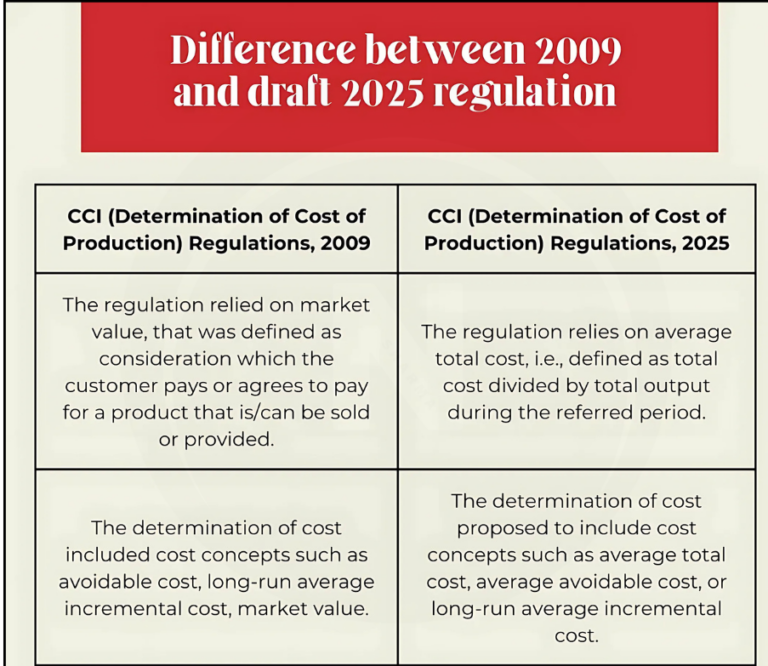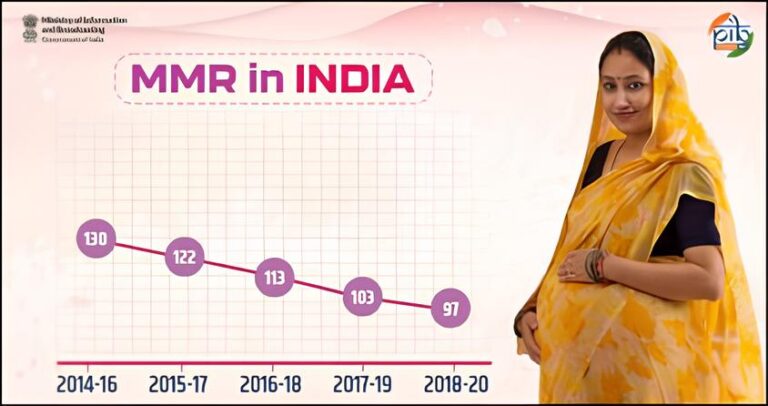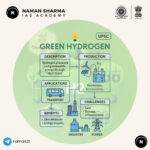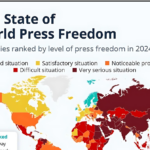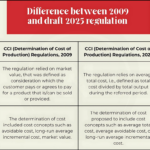Press Freedom Report 2024-25: Reporters Without Borders (RSF)
It is an annual report released by the global media watchdog Reporters Without Borders (RSF). The press freedom questionnaire covers five categories: political context, legal framework, economic context, sociocultural context, and security.
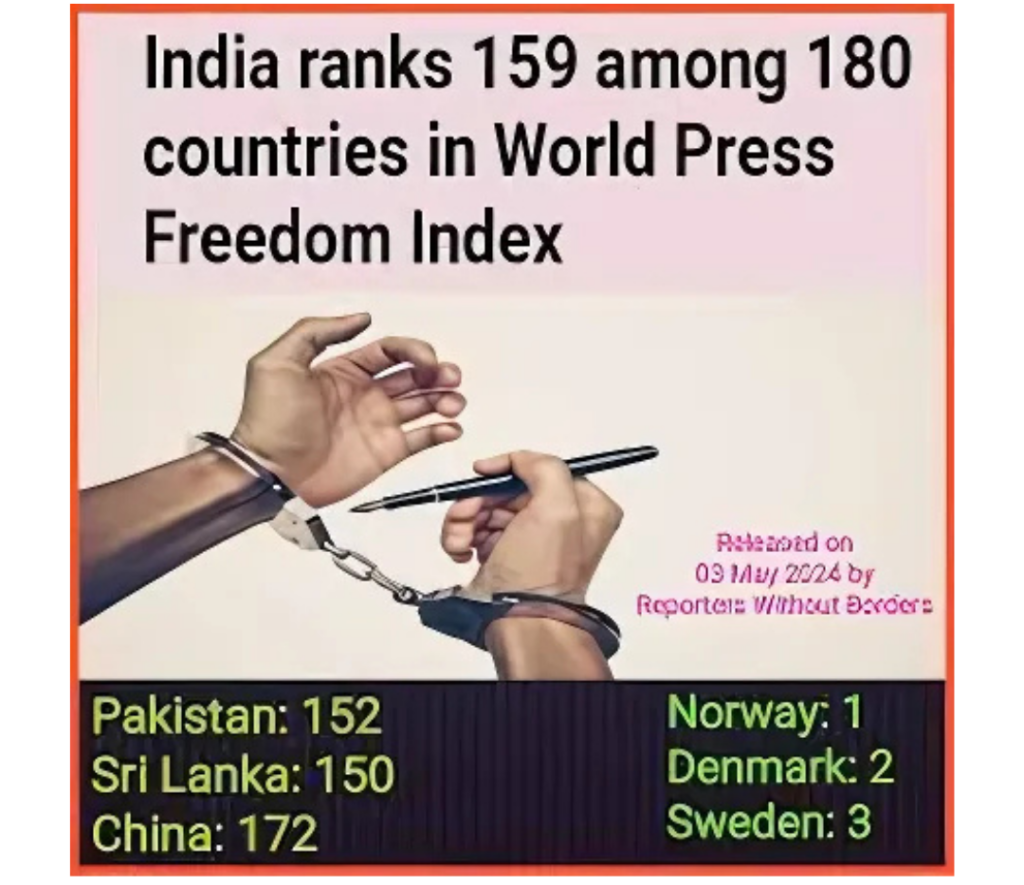
- The 23rd Annual South Asia Press Freedom Report 2024-25, titled “Frontline Democracy: Media and Political Churn”, has flagged India as part of a wider trend of shrinking press freedom.
- The Annual South Asia Press Freedom Report 2024-25, titled “Frontline Democracy: Media and Political Churn,” paints a troubling picture of increasing restrictions, state-sponsored suppression, and growing dangers faced by journalists.
India’s Declining Press Freedom
- The report devotes a specific section to India, titled “India: Propaganda and the Press,” highlighting the systematic efforts to control media narratives. Key factors include:
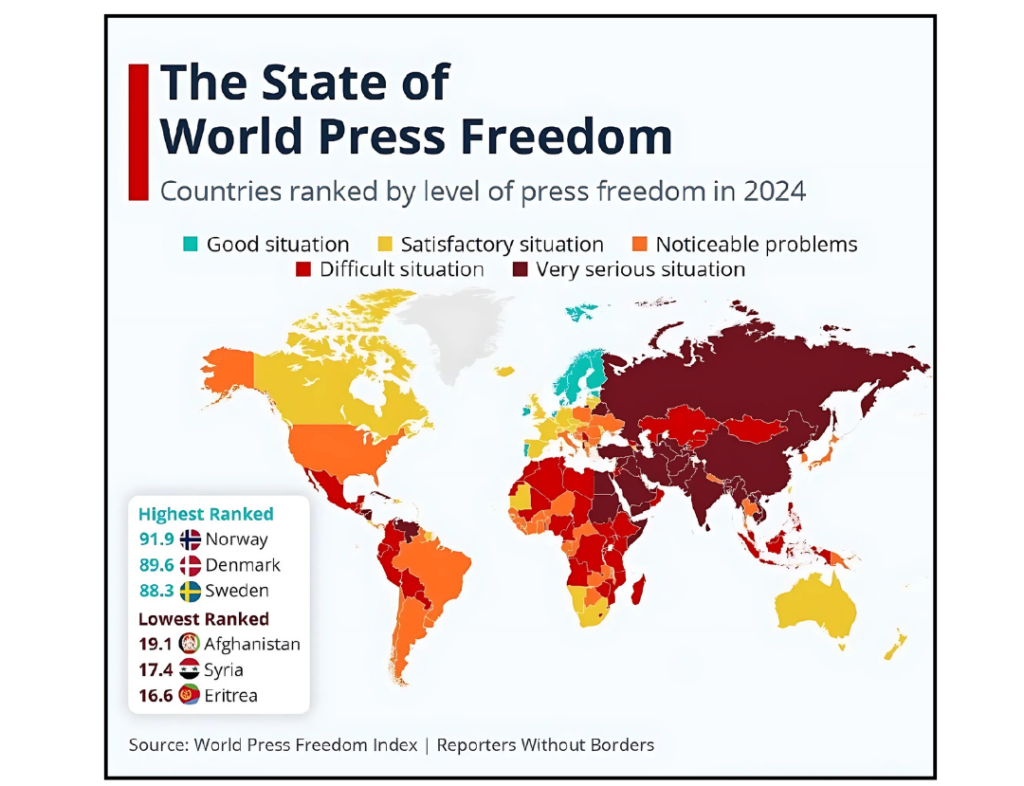
Legal Suppression of Media Freedom
- Increasing use of sedition laws, the Unlawful Activities (Prevention) Act (UAPA), and the Prevention of Money Laundering Act (PMLA) against media organizations and journalists.
- Frequent defamation lawsuits and state-sponsored raids on media houses using the Income Tax Department and the Enforcement Directorate.
Rise in Self-Censorship:
- A “chilling effect” has led many media outlets to avoid reporting critically on the government.
- Government advertisements are routinely withheld from critical media outlets as a method of financial coercion.
Manipulation of Information:
- Political IT cells actively spread misinformation and hate speech, making it difficult for independent journalism to thrive.
- According to the Global Risks Report 2024, India is identified as the country with the highest global risk of misinformation and disinformation.
Press Freedom in Neighbouring Countries
- Pakistan: Marked as “the most violent year for journalists in two decades,” with eight journalists killed.
- The government continues to operate under an authoritarian framework, severely curbing media rights.
- Bangladesh: Transitioned from the ICT Act to the Cyber Security Act, but concerns remain over its transparency and misuse.
- The Bangladesh Federal Union of Journalists reported nearly 300 attacks on journalists during political protests.
- Afghanistan: At least 172 media rights violations were recorded, highlighting the continued assault on press freedom under Taliban rule.
- Bhutan and Maldives: Bhutan fell from the 33rd position in press freedom rankings in 2021 to 152nd in 2025.
- The Maldives faces regulatory challenges with its Information Commissioner’s Office, undermining press freedom.
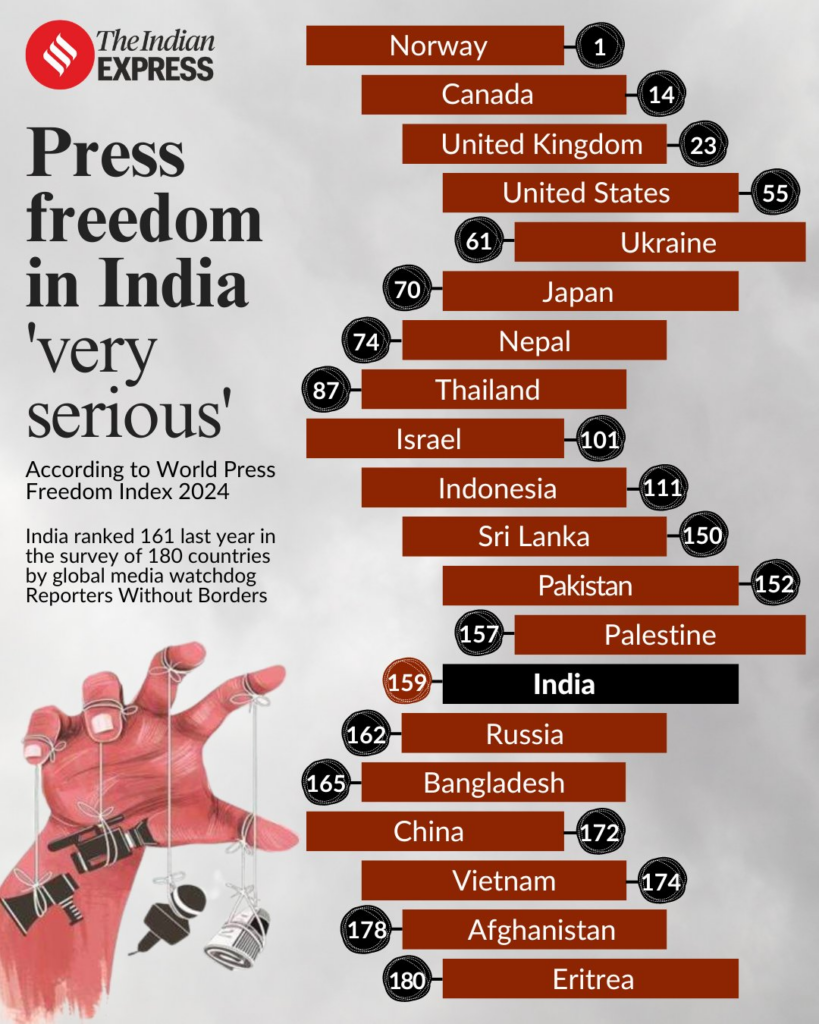
Economic and Structural Challenges for Media
- Shrinking Job Market and Rising Precarity:
- Across South Asia, media organisations are grappling with layoffs, job insecurity, and a decline in advertisement revenue.
- Gig and freelance journalists face worsening working conditions and limited legal protections.
Impact of AI and Digital Media:
- Increased reliance on AI for content creation has led to a decline in professional journalism standards.
- Digital platforms such as YouTube and podcasts are rising but lack adequate regulation to maintain journalistic ethics.
Conclusion
Press freedom in South Asia is under acute strain due to state control, legal harassment, and disinformation. India must act now to safeguard journalistic integrity, ensure citizens’ right to know, and protect democratic institutions. A free and fair press is the bedrock of participatory governance.
PRELIMS PRACTICE QUESTION
Q. Consider the following statements regarding the Press Freedom landscape in South Asia as per the 23rd Annual Report (2024–25):
- The section titled “India: Propaganda and the Press” notes that India faces the highest risk globally of misinformation and disinformation, as flagged by the Global Risks Report 2024.
- Pakistan and Afghanistan were both flagged for the same reason—excessive use of financial coercion through advertisement bans on critical media.
- Bangladesh’s transition from the ICT Act to the Cyber Security Act is viewed as a positive reform, enhancing transparency and press protections.
- The report draws a link between economic precarity and the rise of AI-generated content, contributing to a structural decline in professional journalism.
Which of the statements given above is/are correct?
A. 1 and 4 only
B. 1 and 3 only
C. 2 and 4 only
D. 1, 2 and 3 only
Answer: A. 1 and 4 only
Explanation:
- Statement 1: Correct : The report explicitly states that India is identified in the Global Risks Report 2024 as having the highest global risk of misinformation and disinformation.
- Statement 2: Incorrect: While both Pakistan and Afghanistan face severe press repression, their primary concerns are violence and authoritarian suppression, not financial coercion via advertisement cuts, which is specific to India.
- Statement 3: Incorrect: The transition from the ICT Act to the Cyber Security Act in Bangladesh still raises concerns over transparency and misuse, making it not a clearly positive reform.
- Statement 4: Correct The report links the economic and structural decline in journalism to both increasing reliance on AI and the precarity of freelance media work, undermining traditional press standards.

